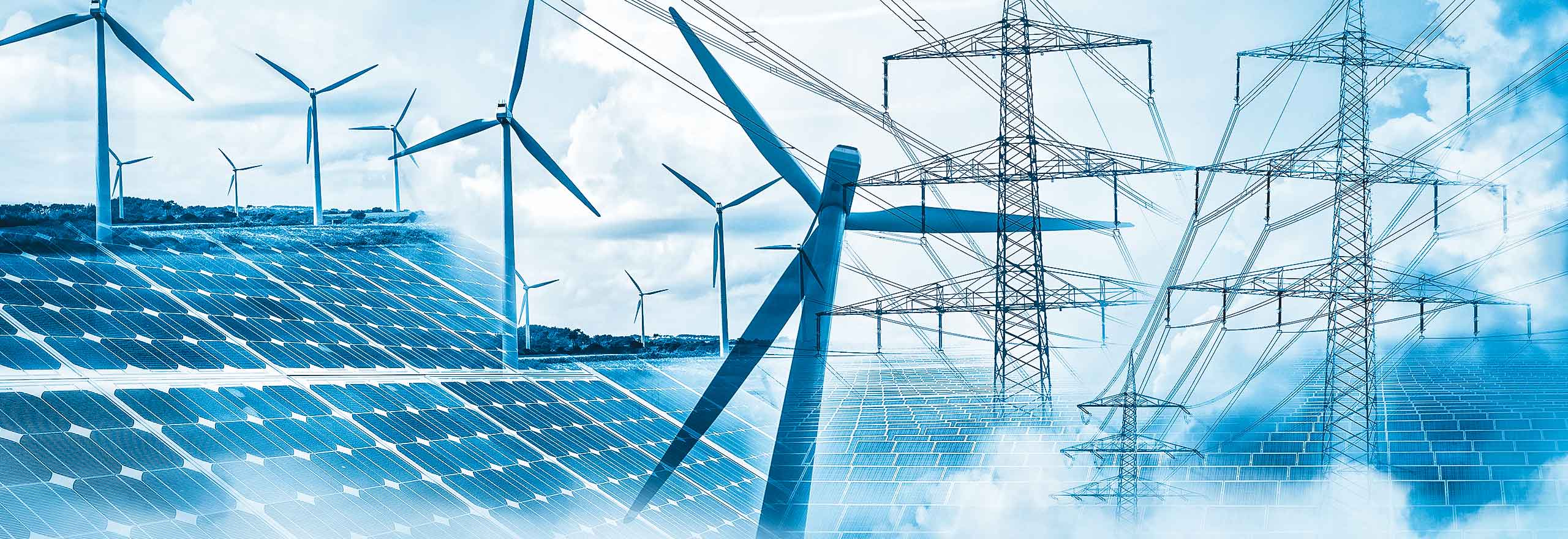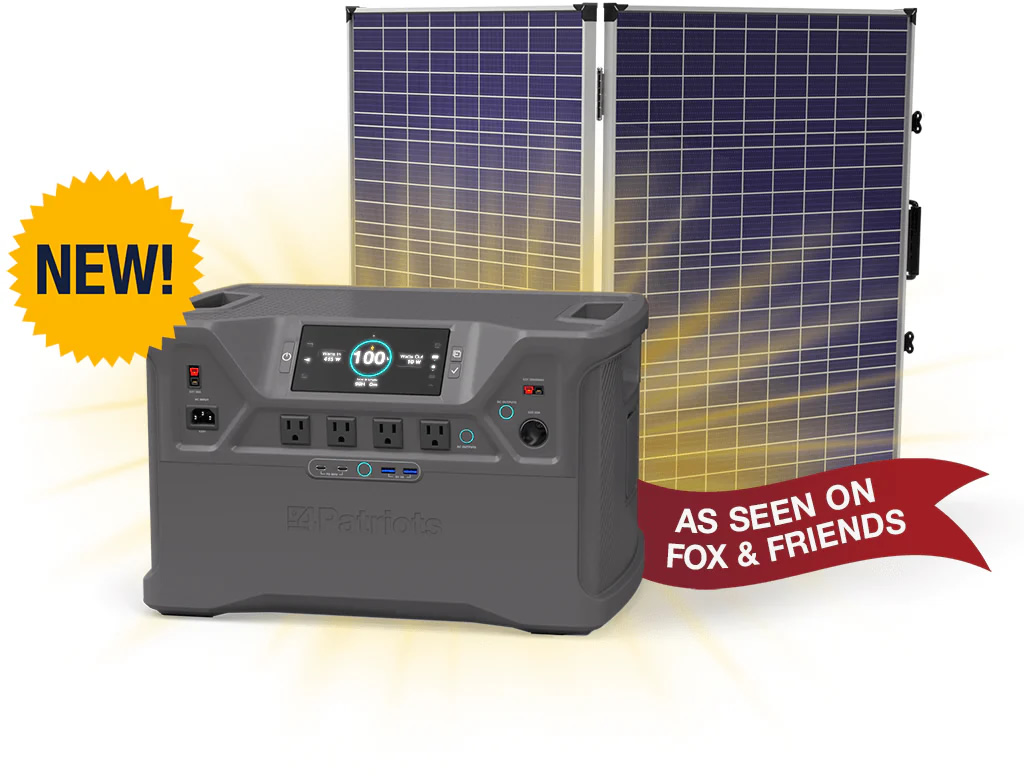The world is pivoting toward renewable energy, and wind power is at the forefront of this movement. As a power generation blogger, I’ve delved into how much energy wind turbines can generate, and the findings are impressive. Let’s unpack the numbers and gain a clearer picture of the potential that wind turbines hold.
Understanding Wind Turbine Output
Wind turbines convert the kinetic energy of wind into electricity. Their energy generation potential is measured in megawatts (MW), which gauges the peak power they can produce. But the true measure of their output lies in their annual energy production (AEP), expressed in kilowatt-hours (kWh).
Small Turbines:
Small turbines, up to 100 kW in capacity, often serve farms or individual homes. While these turbines have lower capacities, they can still generate significant power, particularly when positioned in windy locations. A well-sited 5 kW turbine could produce 8,000-10,000 kWh annually, enough to cover the average household’s energy needs.
Large Turbines:
Commercially, large turbines of up to 5 MW dominate wind farms. A single turbine of this scale can produce over 15 million kWh annually, enough to power around 3,000 households. Offshore wind farms further amplify this potential due to stronger and more consistent winds, with turbines sometimes exceeding 10 MW.
Factors Affecting Energy Generation
- Wind Speed: This is the primary determinant of energy production. Turbines have an optimal wind speed range, known as the “capacity factor,” and the stronger the wind, the higher the output. Typically, turbines operate best between 30-55% of their rated capacity.
- Turbine Size: Larger turbines can capture more wind energy due to their increased rotor size. Taller turbines are positioned higher in the atmosphere, where winds are stronger and more stable.
- Location: Offshore turbines, often found in wind-rich regions, outperform their onshore counterparts because of their access to stronger winds and fewer obstacles.
Conclusion: The Renewable Energy Revolution
Wind power is a significant player in renewable energy. Whether harnessing wind in smaller-scale, community-focused projects or massive offshore wind farms, turbines are key to achieving global energy sustainability. With continued technological advancements and strategic site selection, wind power will remain a reliable and crucial contributor to our energy mix.
Keep following for more insights as we explore the fascinating world of power generation!






Leave feedback about this